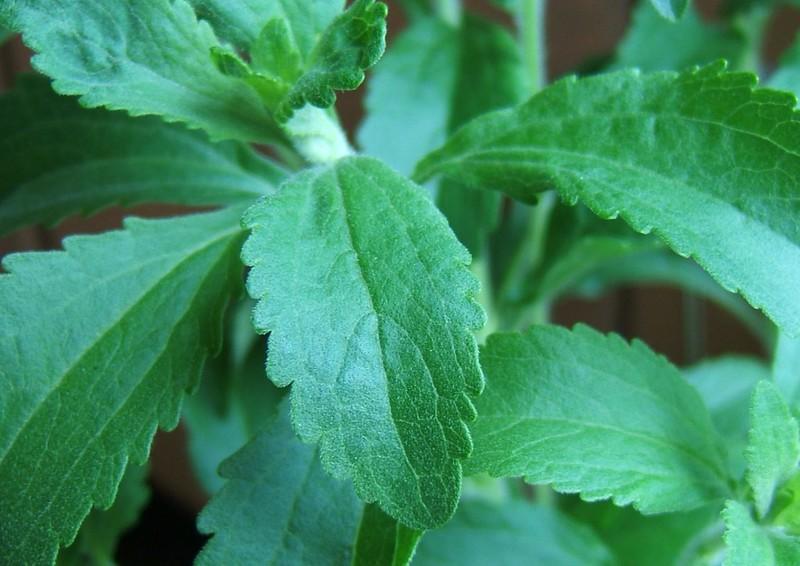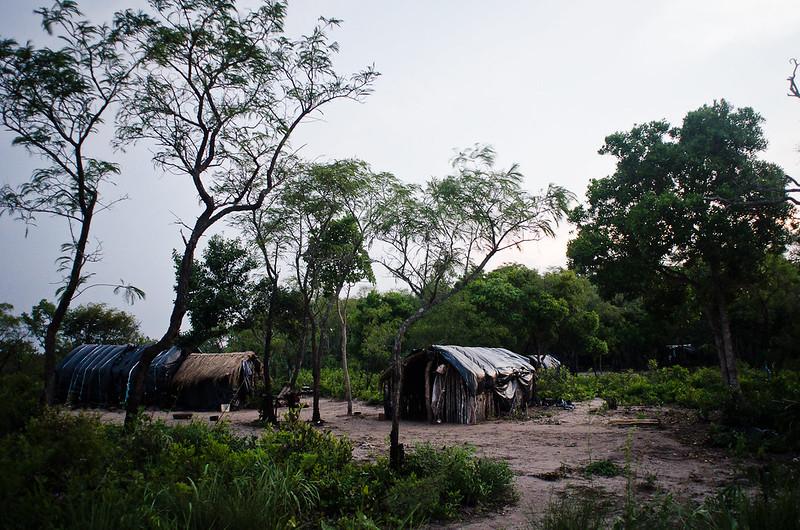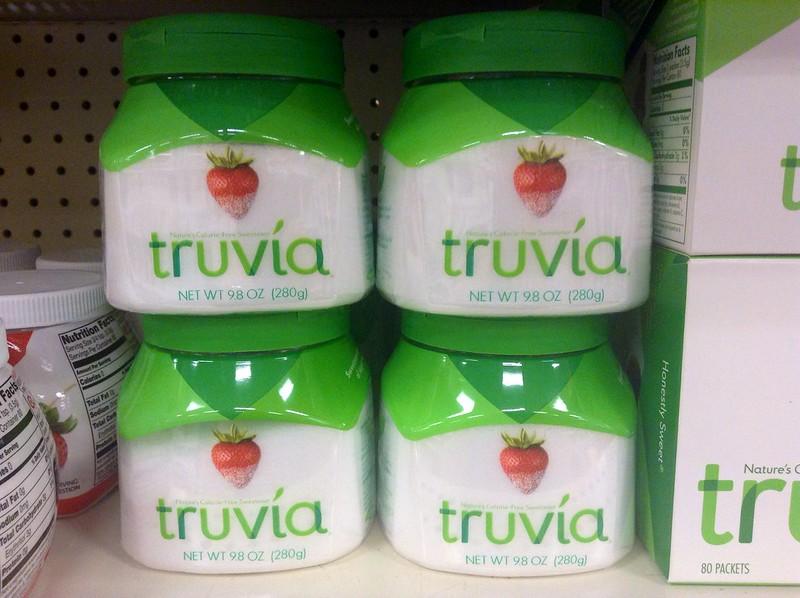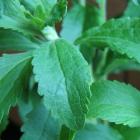The Paraná River, which runs between modern-day Paraguay and Brazil, has been the site of drastic socioecological changes over time. The Guaraní-Kaiowá from Brazil and the Guaraní Pãi-tavyterã from Paraguay, traditional occupants of the territory, have paid an enormous price in the name of colonialism and capitalist development. After the end of the yerba-mate cycle in the region in the early twentieth century, expropriation of traditional land—namely, the Guaraní Tekohá—has become a harsh reality. Since 1960, especially during Alfred Stroessner’s rule in Paraguay and under Brazilian military dictatorship, colonization, agricultural development, and gigantic infrastructure projects have severely affected Indigenous territories. More recently, in response to land-grabbing processes caused by the expansion of the agribusiness sector, the Guaraní people have begun framing their territorial claims in terms of the possibilities brought up by access-and-benefit-sharing (ABS) mechanisms as enshrined in the 1992 Convention on Biological Diversity (CBD). The plant ka’a he’ẽ (Stevia rebaudiana Bertoni) has become an instrument of Guaraní claims to territory and compensation.

The plant species Stevia rebaudiana.
The plant species Stevia rebaudiana.
Accessed via Flickr.
 This work is licensed under a Creative Commons Attribution-NonCommercial 2.0 Generic License.
This work is licensed under a Creative Commons Attribution-NonCommercial 2.0 Generic License.
The current dynamics date back to the early 1990s, when neoliberalism, technologies, and financing from abroad dragged the Southern Cone countries toward the agribusiness model. In the last 15 years, the situation has become unbearable for many Kaiowá; in 2014, the Brazilian press reported mass suicides among the Kaiowá youth. Nevertheless, in 2015, Guaraní from both countries hit the headlines by demanding an ABS contract with global corporations such as Coca Cola and Cargill, which the Guaraní leadership accused of using their traditional knowledge associated with the ka’a he’ẽ. Framing this as an act of biopiracy, the Guaraní pointed out that these companies were failing to respect the guidelines of the 2010 Nagoya Protocol (NP), which was born out of the CBD and came into force in 2014. The NP currently has 137 parties and the CBD 193 parties; only Andorra, the Vatican, South Sudan, and the US have not signed the treaty.
According to the NP and the CBD, nation states have sovereignty over their genetic resources and biodiversity and should establish legal mechanisms that enable the protection of traditional knowledge associated with genetic resources. This would avoid recurrent cases of biopiracy and arguably diminish the gap between countries from the Global North and Global South. With the help of local and foreign NGOs, the Guaraní claimed their share in a market that has grown considerably, since stevia can be used as a sweetener and is thereby capable of competing with sugar on global markets.

Tekohá (Guaraní traditional land) in the Brazilian state of Mato Grosso do Sul.
Tekohá (Guaraní traditional land) in the Brazilian state of Mato Grosso do Sul.
Accessed via Flickr.
 This work is licensed under a Creative Commons Attribution-ShareAlike 2.0 Generic License.
This work is licensed under a Creative Commons Attribution-ShareAlike 2.0 Generic License.
In years following the campaign, publicity regarding the Guaraní claims waned. Land conflicts and the COVID-19 pandemic posed additional problems. Meanwhile, Brazil signed the NP in 2014 and ratified it in 2021. To date, Paraguay has not been party to the NP, despite being a part of the CBD. As stevia is a cross-border phytogenetic resource, national policies matter. Since Paraguay has no legislation on ABS but Brazil does, Guaraní tactics depend on weighing the shortcomings and potential advantages of each framework. The biggest problem they face is that stevia does not fit the requirements for an ABS contract under Brazilian law—because Brazil excludes genetic resources that account for food (sweeteners included)—nor can it be framed under the NP due to the temporal limits concerning access established in the international agreement.
Paraguay has taken different steps in framing its strategies regarding genetic resources of biodiversity. As the country is not a party to the NP, it has marketed stevia as a national product through appellation procedures that build upon the guidelines of the World Intellectual Property Organization and the World Trade Organization. Paraguayans (including the private sector) are trying to respond to unequal technological capabilities by asserting the naturality and idiosyncrasy of the country’s ecosystem; instead of promoting stevia as an exclusively Indigenous product, Paraguay emphasizes the endemic character of the plant and its vital connection to the soil, climate, and vegetation. Although stakeholders confirm and advertise the indigeneity of stevia, the plant is connected to the mixed Guaraní-Creolean heritage of Paraguay: a sort of national intellectual property instead of a Guaraní intellectual property.

Truvía stevia sweetener (sugar substitute).
Truvía stevia sweetener (sugar substitute).
Accessed via Flickr.
 This work is licensed under a Creative Commons Attribution 2.0 Generic License.
This work is licensed under a Creative Commons Attribution 2.0 Generic License.
According to the Guaraní and their demand for ABS, as well as other accounts, the monetary benefits gained from stevia in the event of a future ABS agreement would be used to improve basic services and form a wider Guaraní strategy for securing traditional territories; even the purchase of expropriated Tekohá along the Paraguayan-Brazilian borderlands is in sight. Although the Guaraní have rightful claims to several territories, national governments are not willing to demarcate, certificate, and concede any land. Notwithstanding the fact that both Paraguay and Brazil signed the 1989 ILO Indigenous and Tribal Peoples Convention (No. 169), land demarcation slowed down in the 1990s after the rise of agrarian commodities, and in the mid-2000s, it finally came to a halt. Strikingly enough, both national constitutions (Brazil’s and Paraguay’s) affirm the originary character (i.e., originating prior to the foundation of the state) of Indigenous groups’ rights to land. With no progress on land demarcation in sight, and in the face of ongoing democratic erosion in the political background and constant pressure from agribusinesses, the Guaraní are contemplating going to the land market with an alternative goal: to regain their land and territory via the ABS, to connect with their ancestors, and to reproduce their biosocial political ideology, and only resorting, if necessary, to the power of money.
How to cite
Relly, Eduardo. “Stevia as a Genetic Resource: Intellectual Property and Guaraní Strategies for Access-and-Benefit Sharing in Paraguay and Brazil.” Environment & Society Portal, Arcadia, no. 13. Rachel Carson Center for Environment and Society. doi:10.5282/rcc/9649.
ISSN 2199-3408
Environment & Society Portal, Arcadia
 This work is licensed under a Creative Commons Attribution 4.0 International License.
This work is licensed under a Creative Commons Attribution 4.0 International License.
2023 Eduardo Relly
This refers only to the text and does not include any image rights.
Please click on an image to view its individual rights status.
- Blanc, Jacob. “A Turbulent Border: Geopolitics and the Hydroelectric Development of the Paraná River.” In Big Water: The Making of the Borderlands Between Brazil, Argentina, and Paraguay, edited by Jacob Blanc and Frederico Freitas, 211–42. Tucson: University of Arizona Press, 2018. doi:10.2307/j.ctt207g58b.13.
- Chesterton, Bridget M., and Thimothy Yang. “The Global Origins of a ‘Paraguayan’ Sweetener: Ka’a He’e and Stevia in the Twentieth Century.” Journal of World History 27, no. 2 (2016): 255–79. doi:10.1353/jwh.2016.0107.
- Liaudat, Santiago. Stevia: Conocimiento, propiedad intelectual y acumulación de capital [Stevia: Knowledge, intellectual property, and capital accumulation]. Buenos Aires: Prometeo Libros, 2021.
- Oliveira, Gustavo, and Susanna Hecht. “Sacred Groves, Sacrifice Zones and Soy Production: Globalization, Intensification and Neo-Nature in South America.” The Journal of Peasant Studies 43, no. 2 (2016): 251–85. doi:10.1080/03066150.2016.1146705.
- Staliano, Pamela, Marcos L. Mondardo, and Roberto C. Lopes. “Onde E Como Se Suicidam Os Guarani E Kaiowá Em Mato Grosso Do Sul: Confinamento, Jejuvy E Tekoha” [Where and how the Guaraní and Kaiowá in Mato Grosso do Sul commit suicide: Confinement, Jejuvy and Tekohá]. Psicologia: Ciência e Profissão 39 (2019): 9–21. doi:10.1590/1982-3703003221674.








